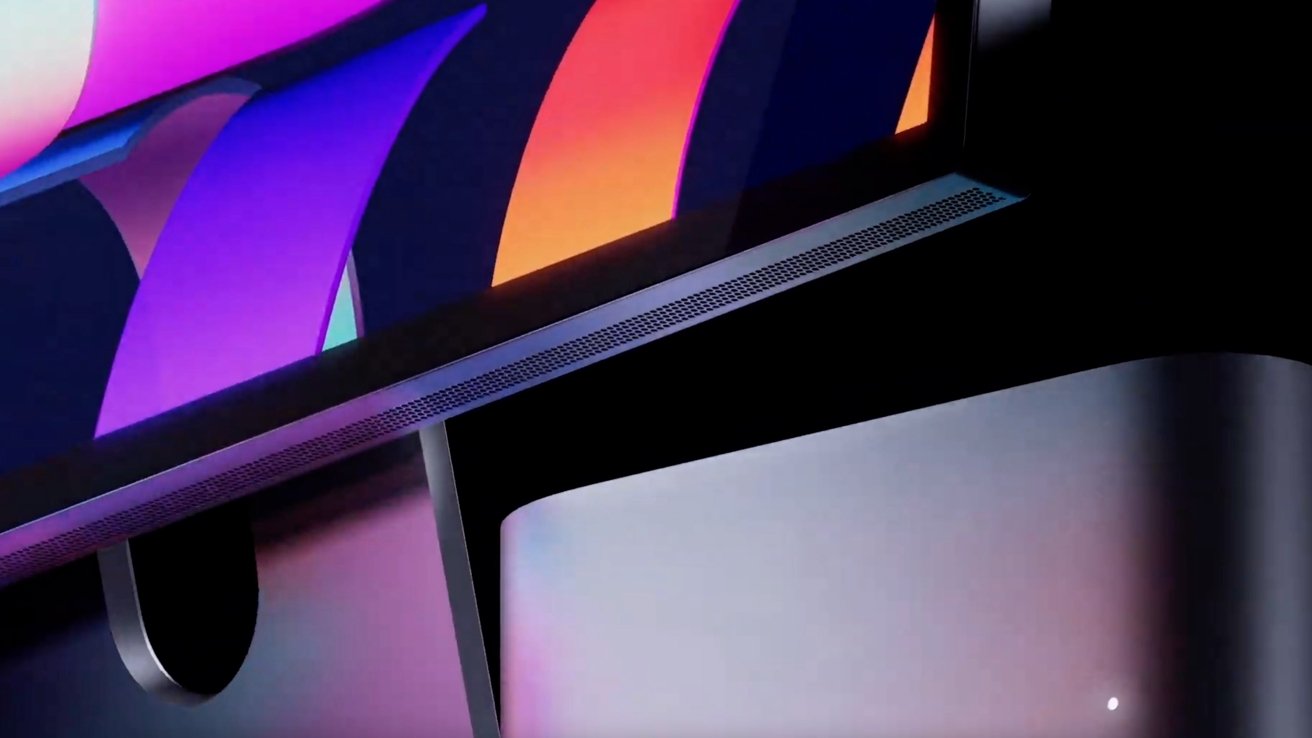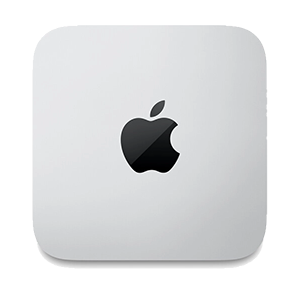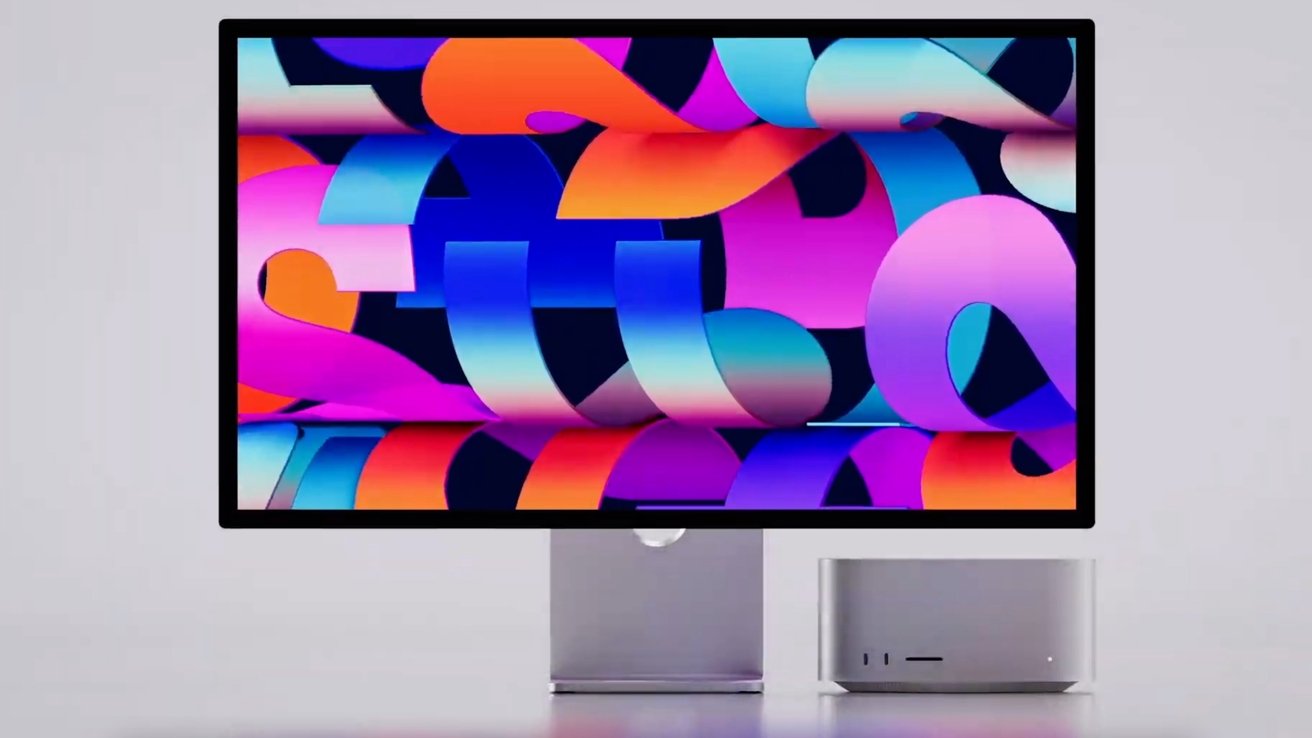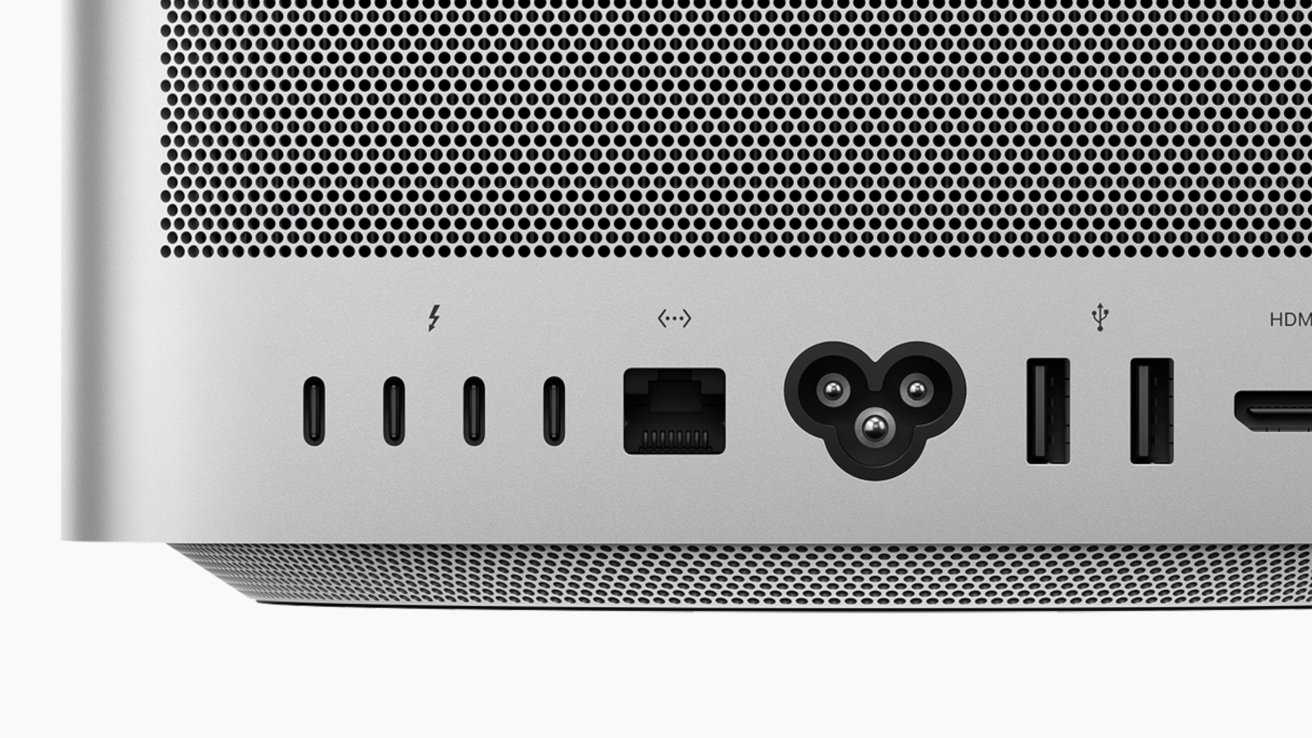Apple's Mac Studio slots into an under serviced user-base. Here's how the new computer fills a gap that Apple's had in its product lineup for 15 years.
This new headless Mac — one that lacks a built-in display — joins an increasingly powerful Mac lineup. Here's why we think it was a necessary addition and why we're so excited about its arrival.
A hole in Apple's lineup
Apple has had a glaring hole in its Mac lineup for some time now that lacks the granularity as Apple's other product lines.
For iPad, Apple offers a wide array of choices with various features and performance. On the low end is the basic iPad, followed by iPad mini, the new iPad Air, then the 11-inch iPad Pro, and the 12.9-inch iPad Pro.
The same goes for the portable Mac lineup with the MacBook Air, entry-level 13-inch MacBook Pro, 14-inch MacBook Pro, and 16-inch MacBook Pro.
If you turn to the desktop lineup, your options are more limited. You have a choice between the Mac mini — currently only available with the M1 chip or a lone Intel option, the M1-based 24-inch iMac, or the Mac Pro.
There used to be a massive hole in this lineup with a big gap between price points and performance. The hole was more apparent if you look solely at headless Macs with only the $699 Mac mini and $5,999 Mac Pro as the options.
Buying a Mac without a built-in display gives users much more control. Rather than being stuck with the built-in panel, users can choose what resolution and refresh rate they want to pay for, what stand to use, what brand, what finish, or fulfill any color calibration requirements they may have.
This also helps long-term. Should you upgrade your Mac or should the Mac keel over, the Mac can be replaced independently of the display. The converse also holds true should the display break or warrant an upgrade.
There's certainly a case to be made for Apple to add a new 27-inch iMac to its lineup, but it wouldn't have met the need of many users that the Mac Studio caters to.
And, it's not clear if that form-factor is ever returning. We'll see.
Performance, ports, and price
The Mac Pro comes to market with a healthy array of ports, performance, and price.
A Mac Studio can be purchased for $1,999 with a capable M1 Max SoC, or you can jump up to $3,999 for an M1 Ultra.
For ports, Apple is not shorting users. The new model brings 10Gb Ethernet for wired connectivity, and two USB-A ports. While the M1 Max version has four Thunderbolt and front-mounted USB 3.2 type-C ports, the M1 Ultra version has six Thunderbolt ports.
Like we've said before, this isn't the mythical minitower that the devout have been clamoring for, for over 20 years. It doesn't have PCI-E, nor vast user expandability.
It's not far from that ideal, though, and offers blistering performance in a small package.
Where to buy
Apple's new Mac Studio is available for purchase at a variety of Apple resellers, with a starting price tag of $1,999. You can compare the latest prices and deals in our Mac Studio Price Guide or jump to one of these popular resellers.
- Buy at Adorama
- Buy at B&H
- Buy at Best Buy
- Buy at Expercom
- Coming soon at Amazon
 Andrew O'Hara
Andrew O'Hara










-m.jpg)






 Wesley Hilliard
Wesley Hilliard
 Marko Zivkovic
Marko Zivkovic

 Malcolm Owen
Malcolm Owen

 Amber Neely
Amber Neely











41 Comments
I accept there is a gap being mostly filled in with the Mac Studio, but there is still a bit of space at the bottom edge, right where a Mac mini with an M1 Pro in it should be.
Some people have been pointing out this gap for 15 years and were endlessly flamed for it. It’s nice to see those folks vindicated. And more importantly, it’s great to see apple doing such a consistently wonderful job of advancing the Mac platform. If apple maintains this momentum I think they can gain some serious market share
Not sure where the 15 years comes from. You could make an argument about 10 years, as the aluminum Mac Pros were coming to an end in 2012. The Studio line is essentially the return of the aluminum pro desktop, minus the tower design.
How’s this for an nonsensical statement “
Ok there’s some (no evidence for many) that want something like the Mac Studio and its component style. But the history of strong sales of the integrated 27” iMac makes a strong case for a demand for a M1 27” iMac and probably a higher demand than for Mac Studio. The business market was a strong buyer of 27” iMacs for its appearance and easy upkeep and no cables. Apple writers seem to be ignorant of business when they make statements such as the foregoing one.